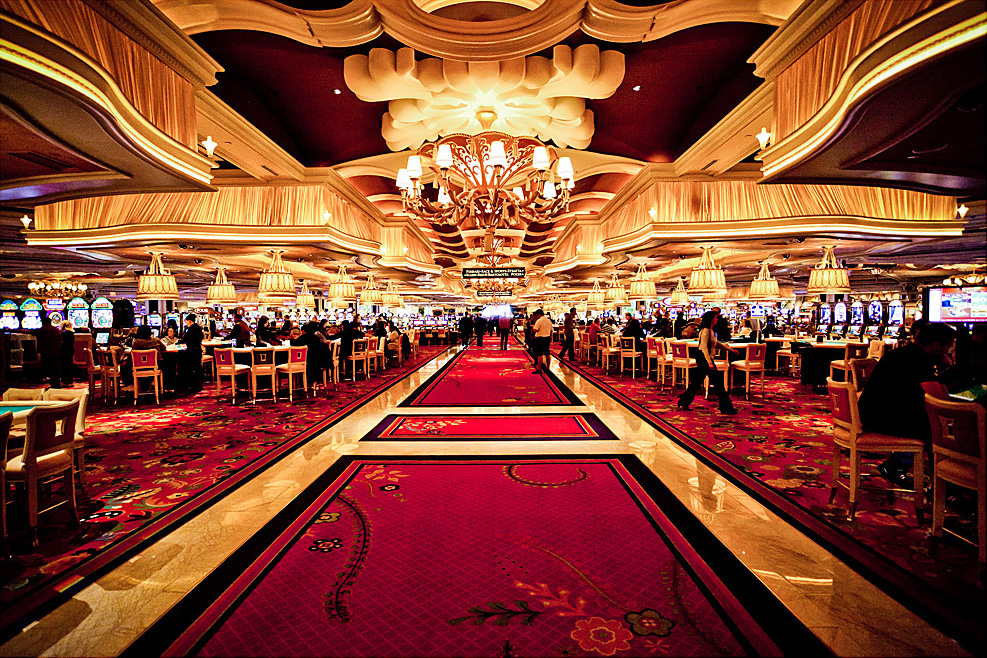
Within the dynamic and stimulating world of gaming establishments, where luck and strategy intertwine, color and aesthetic play a critical role in drawing in gamblers. From the moment players step inside a casino or log into a gaming platform, they are immersed in a sightly feast that grabs their attention and entices them to explore more. Bright colors, captivating graphics, and innovative layouts are meticulously crafted to create an environment of thrill and anticipation, ultimately enhancing the gaming encounter.
While gamblers navigate through the ever-changing landscape of casino games, they come across a range of designs that not only serve visual purposes but also influence emotions and decision-making. Hues like scarlet and yellow symbolize riches and fortune, while calm navy and emeralds can create a much relaxed environment. Grasping how these elements function together allows casinos to create an inviting and stimulating atmosphere that encourages players to interact with the games, invest more time at the tables, and boost their overall enjoyment.
The Science of Hue in Casino Games
Tint plays a critical role in the creation of casino games, influencing player emotions and behaviors. Lively and striking shades, such as crimson and yellow, are often used to incite excitement and draw attention. These hues create a sense urgency and vitality, encouraging players to participate more readily with the game. By intentionally selecting colors, creators aim to evoke emotions of satisfaction and anticipation, which can enhance the overall game experience.
Various colors also have psychological connotations that can influence how participants perceive their odds of success. For example, green is frequently associated with good fortune and prosperity, making it a well-liked choice in games like roulette and poker games. This link can cause participants to feel more positive and confident in their play, ultimately motivating them to stake more. Grasping these links allows game creators to design environments that enhance player satisfaction and engagement.
In addition, the interface of gambling game interfaces often utilizes gradients and contrasting shades to direct player actions. For example, successful outcomes may be emphasized with bright, contrasting hues, creating a visual cue. This method reinforces successful results and encourages repeated participation. By utilizing the science of color, gaming venues can develop games that not only draw gamblers but also keep them engaged and invested in their game experience.
Design Features that Attract Players
The aesthetic appeal of gambling games is largely influenced by the use of vibrant colors. Bright and contrasting colors are deliberately chosen to create an inviting atmosphere that captures interest. For instance, reds and golds often signify luck and prosperity, which is why they are prevalent in the color schemes of slot machines and game surfaces. GA179 These colors not only draw players in, but they also evoke emotions related to excitement and expectation, enhancing the total gaming experience.
In parallel to color, the design and layout of gambling games play a significant role in captivating players. Games are designed to be intuitive, ensuring that players can quickly understand the guidelines and mechanics. User-friendly interfaces, along with engaging graphics and animations, help maintain gamer interest and promote extended play sessions. The physical elements, such as the texture of the buttons and the audio of the games, also add to a holistic sensory experience that keeps players engaged.
In conclusion, conceptual elements in game design can greatly influence player choice. Many casino games are inspired by media, myths, or exploration motifs, incorporating symbols and characters that connect with players. These themes create a sense of engagement and relatability, making each game feel unique. When players feel a bond to the concept, they are more likely to choose that game over others, leading to increased participation and excitement within the gambling environment.
Case Studies: Successful Gambling Game Designs
One noteworthy example of successful gambling game design is the popular slot machine series based around hit movies. Games such as those based on the Wizard of Oz and Game of thrones utilize vibrant colors and superior graphics to enthrall players in recognizable narratives. The application of moving visuals and engaging sound effects grabs the interest of players, creating an psychological connection to the theme. This tactic not only encourages longer play but also improves the overall gaming experience, leading to increased player retention.
Another effective case is the use of color psychology in table games like blackjack and the wheel. Casinos often design these games with rich reds and greens, colors traditionally associated with luck and wealth. For instance, the green felt on a blackjack table provides a soothing effect, while the red accents in the wheel invite thrill. This deliberate use of color helps to create an inviting atmosphere that encourages players to participate, satisfying their psychological impulses and increasing their enjoyment.
Finally, online casino games that feature social features and bright, colorful designs have achieved remarkable success in engaging players. Games like Zynga’s Poker and Slot-O-Mania leverage bright colors and playful animations to establish an inviting online environment. The inclusion of leaderboards, community sharing options, and in-game rewards encourages competition and community, drawing players in for longer sessions. Such designs not just make the games visually attractive but also underscore community engagement, a vital factor in player retention and engagement within digital casino environments.
